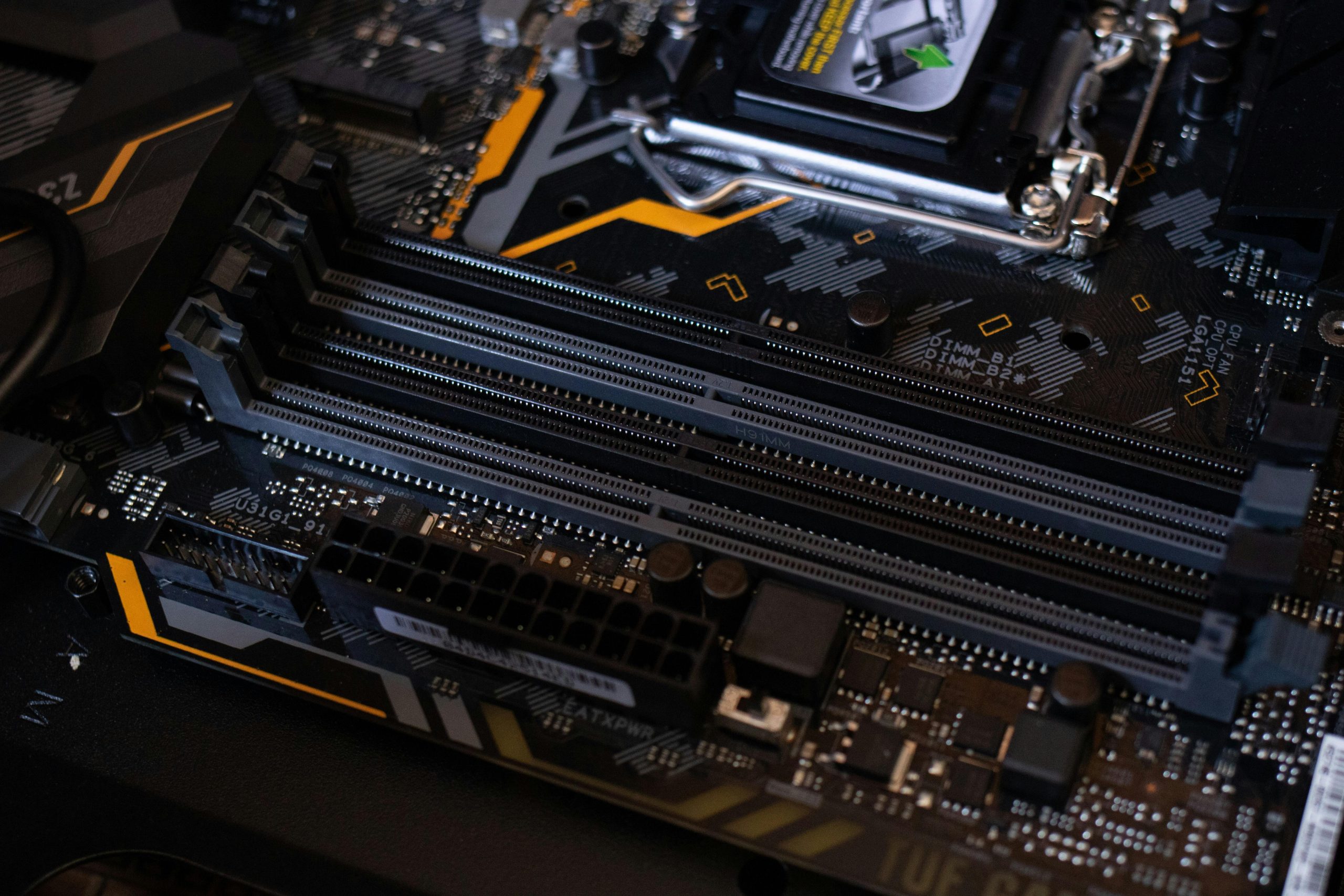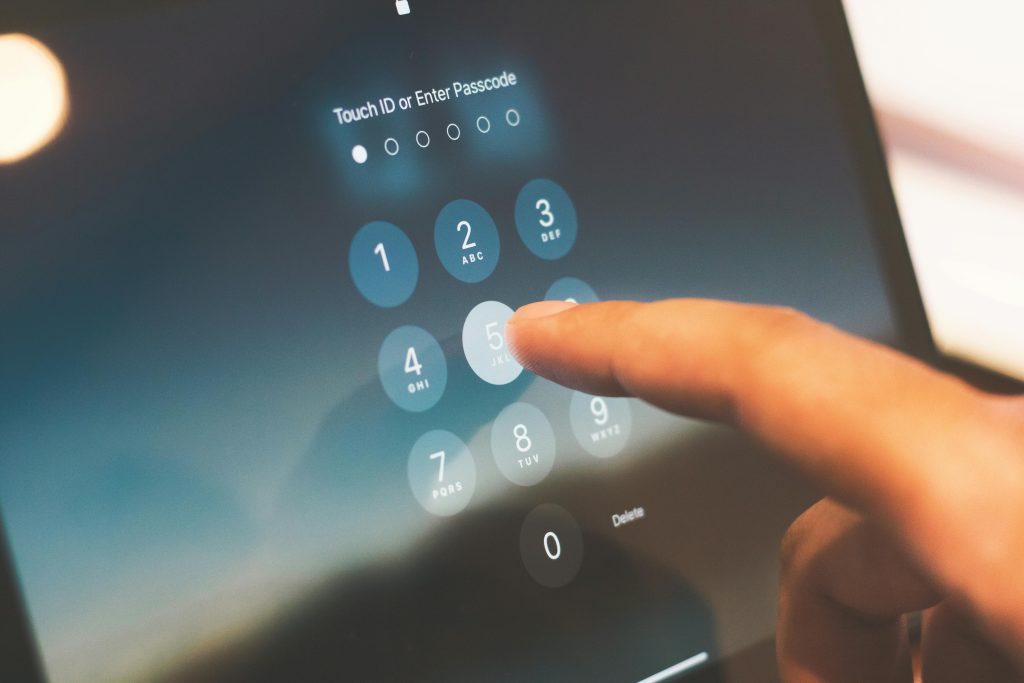Understanding and Resolving High Hardware Reserved Memory on Windows 10: A Case Study
Introduction
Many Windows 10 users have encountered the perplexing issue of high hardware reserved memory, which can significantly impede system performance. In this article, we explore a real-world example involving a custom-built PC with 32GB of RAM, where approximately 16GB is designated as reserved for hardware purposes. We will analyze the potential causes and suggest effective troubleshooting strategies to resolve this common problem.
Case Overview
The user’s system specifications include:
- Motherboard: X570 Aorus Elite WiFi
- RAM: 32GB Corsair Vengeance RGB Pro
- Operating System: Windows 10
Symptoms observed:
- Nearly half of the installed RAM (16.1GB) is marked as “Hardware Reserved.”
- Despite all RAM modules being detected and recognized, overall available memory remains limited.
- High memory utilization (exceeding 89%) on system resources, restricting performance of applications.
Troubleshooting Attempts
The user has undertaken several standard measures to address this issue, such as:
- Updating the BIOS firmware to the latest version
- Disabling integrated graphics to prevent resource sharing
- Adjusting system configuration by unchecking “Maximum Memory” in msconfig
- Enabling XMP profile to optimize RAM performance
Despite these efforts, the problem persists, indicating a need for more in-depth analysis.
Potential Causes of Hardware Reserved Memory
Understanding why Windows reserves a significant portion of memory involves examining various hardware and configuration factors:
-
Integrated Graphics Usage: Even if disabled in BIOS, sometimes older or misconfigured settings cause integrated graphics to reserve memory inadvertently.
-
BIOS Settings and Firmware Bugs: Certain BIOS options related to Memory Remapping or Memory Hole Remapping can affect reserved memory allocation.
-
Faulty or Mismatched RAM Modules: Incompatibilities or defective sticks can lead to the system reserving more memory for hardware purposes.
-
Motherboard Firmware Issues: Outdated or incompatible firmware may mismanage memory allocation.
-
Hardware Conflicts or Resource Allocation: Other peripherals or hardware devices might conflict, leading to reserved memory.
Effective Solutions and Recommendations
To troubleshoot and potentially resolve high hardware reserved memory, consider the following steps:
- Verify BIOS Settings:
- Enable Memory Remapping/Memory Hole Remapping options within BIOS to allow Windows to utilize full RAM capacity.
- Disable any features related to integrated graphics if not in use.
Share this content:



